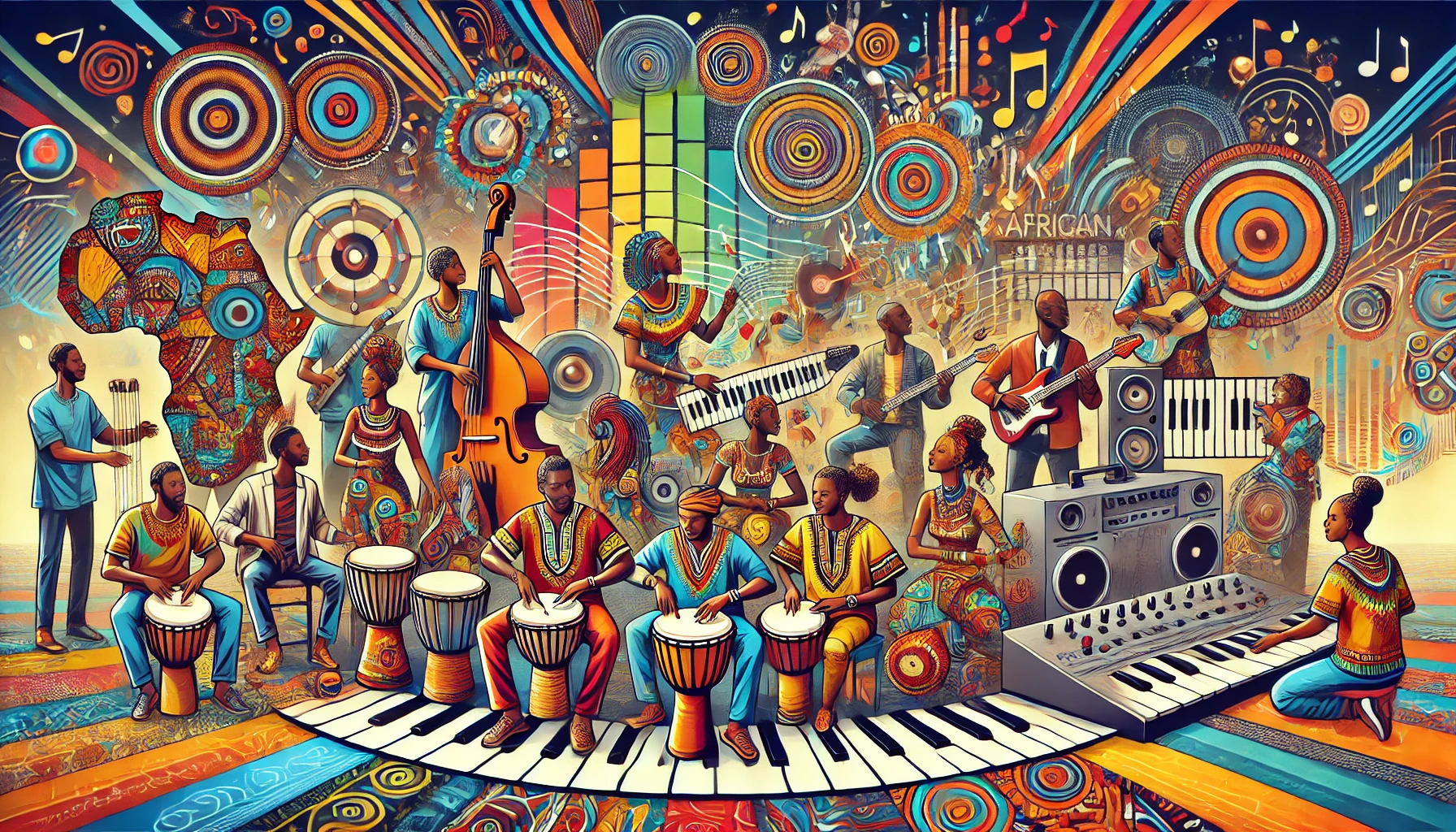Afrobeats has undeniably taken the world by storm. Its infectious rhythms and vibrant energy have propelled African artists to global recognition. But as with any thriving musical landscape, the question arises: what’s next? Does Africa need a “new genre,” or is the existing framework of Afrobeats and Afropop sufficient?
The Dynamic Nature of African Music
It’s crucial to acknowledge that “Afrobeats” itself is an umbrella term, encompassing a diverse range of sounds. It’s a fusion of influences, constantly evolving. This inherent dynamism suggests that rather than a completely “new” genre, we’re likely to see further hybridization and innovation.
Potential Inventions and Evolutions:
Here are some potential avenues for musical invention within the African context:
- Techno-African Fusion:
- Imagine blending traditional African percussion and vocal styles with electronic dance music (EDM) and techno. This could create a powerful, high-energy sound that resonates with global dance floors.
- “Ethno-Acoustic” Revival:
- A focus on acoustic instruments and traditional melodies, combined with modern production techniques. This could showcase the rich heritage of African music in a contemporary way.
- Regional Soundscapes:
- Africa is a continent of immense diversity. We could see the rise of distinct regional genres, each reflecting the unique musical traditions of specific areas. For example, further exploration of the sounds of east african regions, with the rich rhythms found there.
- Hybridization with Global Genres:
- The continued fusion of African sounds with genres like Latin music, Asian pop, and other global styles. This cross-pollination could lead to exciting and unexpected musical creations.
- Amapiano’s Continued Evolution:
- Amapiano, originating from South Africa, has already shown a huge ability to evolve, and cross pollinate with other genres. It is highly likely that this genre will continue to provide new and exciting musical forms.
Factors Driving Innovation:
Several factors contribute to this potential for musical innovation:
- Technological Advancements:
- Digital production tools and streaming platforms are democratizing music creation, allowing artists to experiment and reach global audiences.
- Cultural Exchange:
- Increased global connectivity is facilitating a constant exchange of musical ideas.
- Youthful Creativity:
- Africa’s young population is driving a surge of creativity, eager to express their identities through music.
Beyond Labels:
Ultimately, the most important thing is the continued evolution of African music, regardless of what labels we apply. The focus should be on:
- Celebrating the rich diversity of African musical traditions.
- Empowering artists to experiment and push boundaries.
- Promoting cross-cultural collaboration.
Africa’s musical landscape is vibrant and dynamic. The future holds immense potential for further innovation, and it will be exciting to witness the sounds that emerge.



